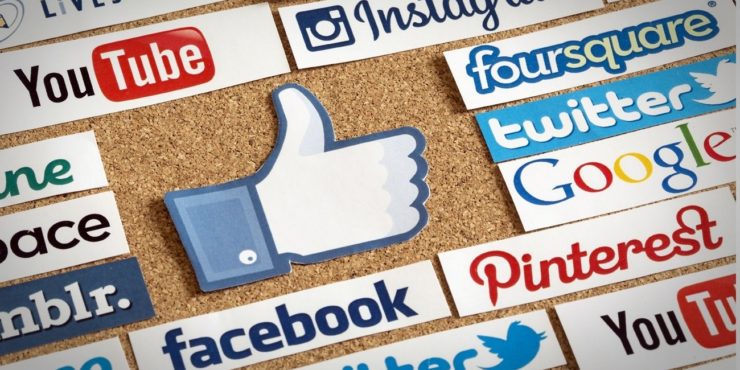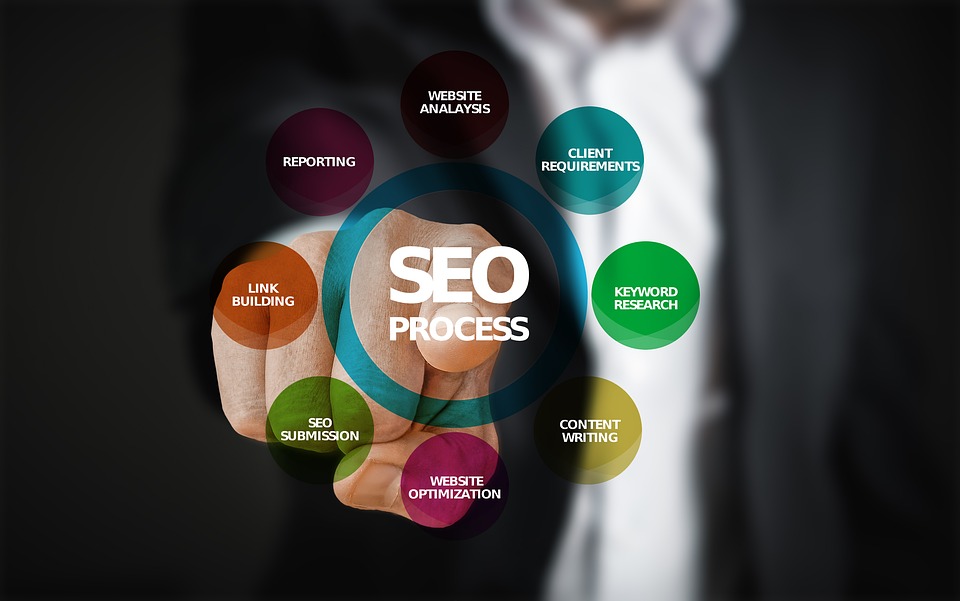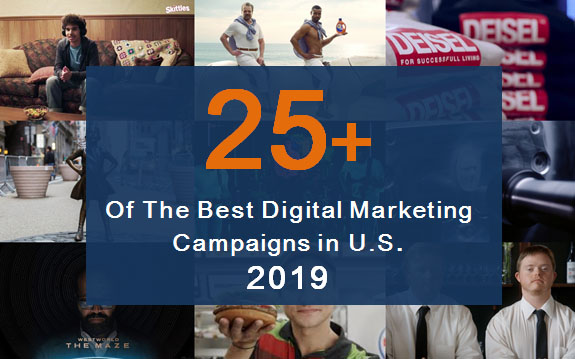What Are Good Marketing Tactics for a Small Business?
Digital Marketing | Jul 13, 2023
The competition in the business sector can sometimes be overwhelming and might force some businesses to quit. You can have a great business idea and even offer the best services, but still not succeed. What should you do to ensure that the quality services and products you offer match the sales? Potential customers should be able to reach you for better deals to be realized. That’s why you need excellent marketing tactics for small businesses.
This blog will discuss some of the marketing tactics that are good for a small business.
Check them out below.

Photo by J. Kelly Brito on Unsplash
The Most Effective Marketing Tactics for Small Businesses
There are several different types of marketing strategies that small businesses can use. But, which of them actually works and is useful? Which ones should you pursue?
We’re going to divide these tactics into either digital or non-digital marketing tactics and see which of them are viable for small businesses like you.
1. Digital Marketing Strategies
These are strategies focused on increasing the reach and visibility of a business. They’re very cost-effective for small companies, unlike traditional ones like radio ads and newspapers.
Further, with digital marketing, you can measure the strategy’s effectiveness, reach a wider audience, and engage directly with the target audience to encourage them to take needed action.
Digital marketing occurs online and via the internet, meaning that you should be conversant with online navigation and the internet world. Several affordable digital marketing strategies are available for use by your business. Here are some of the most effective ones:
2. Social Media Marketing

This is one of the most popular and efficient marketing tactics. With over 2.5 billion people using various social media platforms, you can be sure to reach potential customers. People of all age groups worldwide use social media regularly.
It’s easy to use and has little entry barrier. Above all, there are numerous social media platforms that you can use with the most common ones being Facebook, Twitter, LinkedIn, Pinterest, and Instagram.
With these platforms, you can publish, discuss, live cast, network, and share content about your business. And, no matter what the target audience is, you can reach them and interact with them. To learn about successful small businesses to market online, visit instant loans.
Read Also: The Ultimate Guide to Social Media Marketing Campaigns
3. Email Marketing
It’s one of the best marketing strategies you can use. It’s different from the traditional counterpart (direct mailing). That’s because collecting email addresses is easier than gathering mailing addresses or phone numbers.
The costs involved in email marketing are also lower as there are no printing and postage charges; you send emails for free! Even so, be sure to learn about the pitfalls of this strategy before using it.
4. Content Marketing
This is different from other marketing strategies and is also the center of most of them. It involves creating and publishing quality content relevant to a target audience and providing valuable information for readers.
To develop great content, you need to understand what the audience cares about most, including their desires and challenges. It focuses on the long-term. Hence, it’s vital to build trust with the audience, promote a positive brand identity, and form powerful relationships with the customers.
Read Also: The Beginner’s Guide to Email Marketing
5. SEO

SEO (search engine optimization) is the process of optimizing a site’s structure and content to make it easier for search engines like Google to “crawl and read.” If you succeed in getting a high rank, probably at the top of a search engine results page (SERP), then your SEO is good. The higher you rank, the more opportunities there will be to drive new traffic to your website.
Developing relevant, keyword-rich content can help you rank higher on SERPs. Small businesses can take advantage of SEO since potential customers looking for where to buy things usually search for them online. Optimizing content and site for local SEO can help you increase the chances of appearing in local search results, thereby reaching more customers.
6. PPC Marketing
PPC (pay-per-click) marketing is a form of online ad model that allows small businesses to showcase their ads to people searching online for appropriate products and services. It involves paying each time a consumer clicks on your ad content.
Understanding the ins and outs of PPC marketing can be complex for many business owners, leading them to seek professional help. This is where proficient PPC marketing services come in. They not only handle the tedious task of keyword selection and bid management but also provide critical insights into your campaign performance. With these services, businesses can increase their quality score, decrease their cost per click, and enhance overall campaign effectiveness.
Google and other search engines support PPC ads, with Google Ads (AdWords) being the most popular PPC advertising platform. Google uses factors like landing page quality and keyword relevance to determine a business’s quality score. The score impacts when and where the ads are served on the SERP for related search engines. PPC is costly, but the return and conversion rate is worth the cost.
Read Also: PPC 101: A Complete Guide to Pay-Per-Click Marketing Basics
7. Non-Digital Marketing Strategies
Small businesses can also use some of the many non-digital (traditional) marketing strategies, which are less costly and can still reach numerous customers. Of course, as a small business that’s just picking up, you can’t go for radio/TV ads or newspaper advertisements.
Such expensive marketing strategies are appropriate majorly for big, established businesses. Some of the non-digital marketing strategies that are most effective for small businesses include:
8. Posters
You can place advertisements in any of the approved public spaces where consumers are likely to pass. Make the posters visible and have removable tabs that customers can present for a discount. While it might be time-consuming to place posters in the strategic points, the reward is worth doing so.
9. Flyers
This method is both cheap and effective. It simply involves distributing the flyers in the areas of the target so that many people can get them. Flyers should be brief, and to the point, while highlighting the services, you offer products being sold.
10. Value Additions
They are similar to coupons and free appraisals but are aimed at increasing consumer satisfaction and enlarging the gap between you and your competitors. They can include; – guarantees, discounts for repeat customers, point cards, and referral rewards.
Free Samples or Demos
You can also promote product awareness by offering free samples. Let people try it, and then they’ll like it. Most businesses have succeeded in having a strong customer base by offering free samples at the beginning of their operations.
Conclusion
What is a business without customers? You might be dealing with the best products, but if consumers don’t know about it, you’ll still not make proper sales. Thus, use the above marketing tactics to promote your business.





